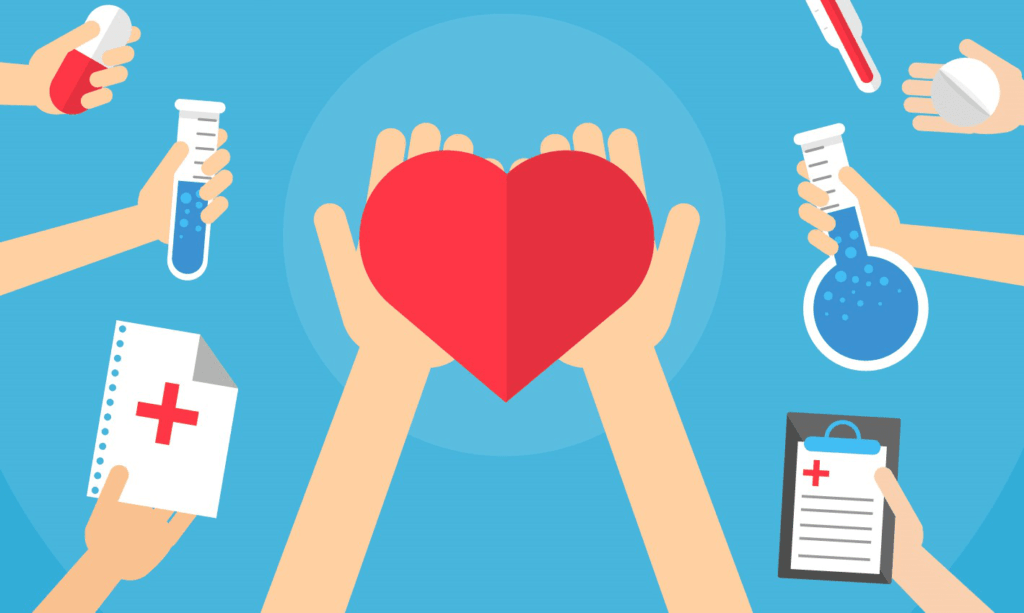The future of the Metaverse holds great promise for health care.
This awareness and participation spans generations. Millennials were the most aware of the metaverse, but people of all ages said they planned to incorporate it into their daily lives. Within the next five years, Gen Z and Millennials expect to spend nearly five hours per day in the metaverse. Older generations expressed similar sentiments, with Gen X expecting to spend nearly four hours and Baby Boomers expecting to spend nearly two hours. This trend is driven primarily by health care, convenience, connectivity, and entertainment.
Identity is another strong motivator for consumers
According to a new McKinsey survey, the majority of Americans are already aware of and participate in the metaverse. The majority of respondents (55%) had heard of at least one metaverse platform, and nearly 30% had played a metaverse game.
Identity is another strong motivator for consumers to use the metaverse. Younger users describe their metaverse participation as reinforcing their sense of self-identification and individuality. Approximately half of Gen Z and Millennial survey respondents said their virtual identity is simply an extension of their physical identity, and they believe online friendships can be as strong as real-life relationships.
People can access the metaverse in a variety of ways
The role of the metaverse in health care is still “a bit vague,” according to Enric Escorsa O’Callaghan, CEO of IALE Tecnologa, a Spanish company that evaluates technologies for businesses. It includes augmented reality, which adds virtual features to a real-world scene, virtual reality, which immerses a person in a computer-generated environment, social technologies that facilitate human interactions, and sensors that bring real life online.
People can access the metaverse in a variety of ways: virtual reality headsets, cellphones, computers and even voice-activated devices.

Training is one of the most effective applications of the metaverse in health care. This year, Magic Leap, which creates headsets for viewing three-dimensional MRI and CT scans before surgery, announced a collaboration with four health tech companies. In addition to physical cadavers, medical schools are now using virtual cadavers to teach anatomy to students. Training is already being implemented. Last year, Johns Hopkins surgeons used augmented reality headsets to perform two complex back surgeries.
Most well-documented application of virtual reality is in mental health treatment
The metaverse includes home health care. Vinya Intelligence, a company that uses sensors and cameras to monitor the health of elderly people at home, has applied for a patent for technology that detects patient decline. Perhaps the most well-documented application of virtual reality is in mental health treatment. A substantial amount of research indicates that virtual reality can benefit patients suffering from anxiety, depression, post-traumatic stress disorder, and phobias. In a simulated environment, the technology allows patients to confront or work through triggers.
What they appear to have in common is the existence of a persistent or semi-permanent virtual “space” separate from the physical world. The Metaverse is actually made up of an increasing number of such distinct spaces or platforms, each with its own focus, whether art, technology, or simply social interaction. The future of the Metaverse holds great promise for health care.